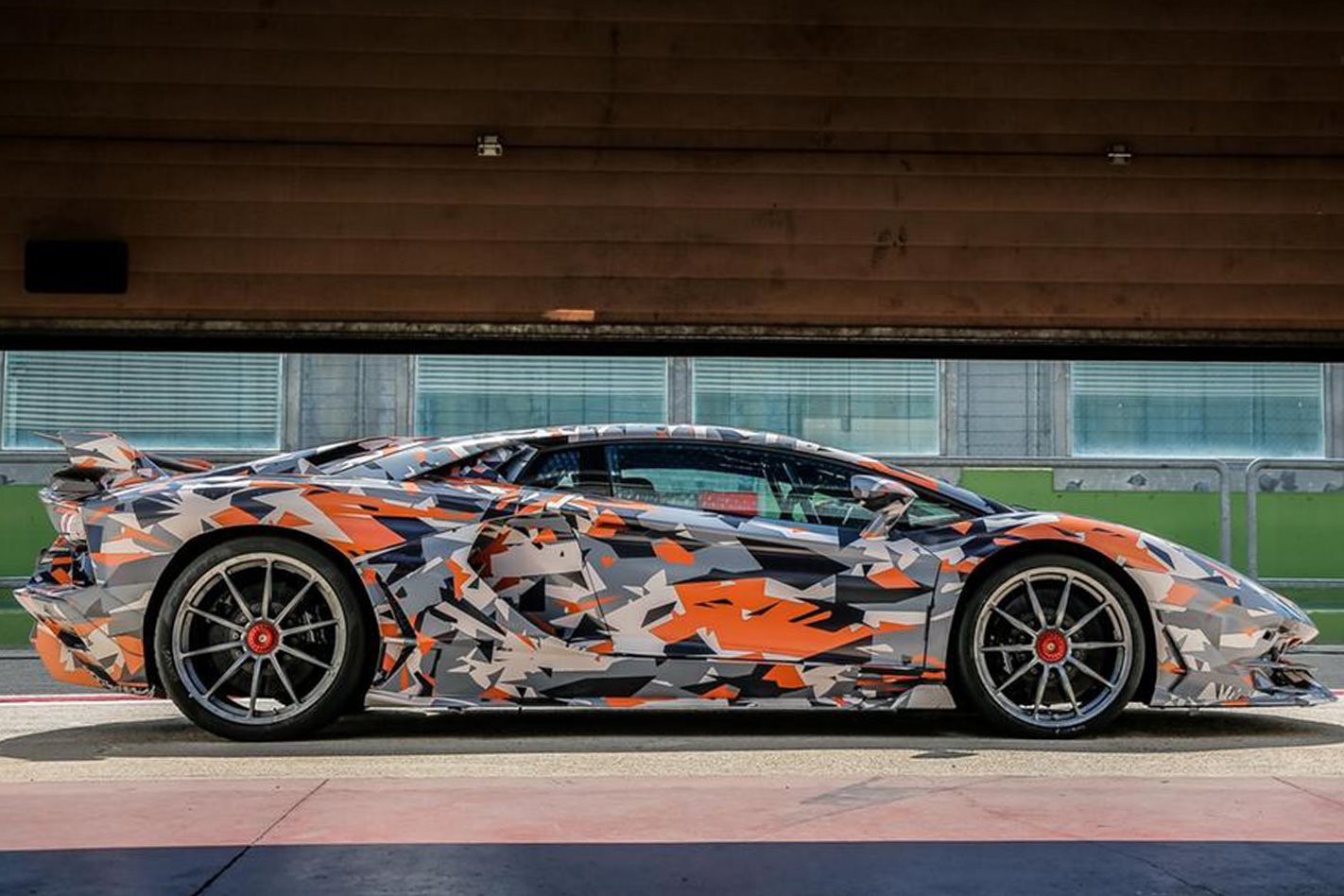REMEMBER this moment because it won’t last.

For a fleeting moment in history, the fastest production car around the Nurburgring is powered by a normally-aspirated V12 engine. Lamborghini’s yet to be released Aventador SVJ shaved a few seconds off the Porsche 911 GT2’s time, but it could prove a bittersweet historical footnote. It will probably never occur again.
Sant’Agata hasn’t withdrawn its commitment to build 12-cylinder engines at all, but Lamborghini has gone on record stating that its next generation of V12s will be augmented by electric power. In January, Lamborghini’s R&D boss, Maurizio Reggiani, confirmed that the next Aventador would be a hybrid. Sant’Agata’s CEO, Stefano Domenicali reiterated the marque’s commitment to electric augmentation at this year’s Goodwood Festival of Speed.
“The next Aventador will be hybrid, with a V12. A decision is made on that and this is something that will keep us different from the others and this is very important,” he said.
“With regard to the super sport car brand, it’s clear that we want to stay with the V12 to have with the top car.”
So it looks as if the Aventador Jota is going to be the last of a very special line: one whose lineage can be traced back 55 years.
Ferruccio Lamborghini commissioned Società Autostar to design a V12 engine to eclipse Ferrari’s three-litre V12. Autostar was well credentialed, its lead engineer on the project being Giotto Bizzarrini, the genius behind the legendary Ferrari 250 GTO and a man with an axe to grind against old Enzo. Bizzarrini had left Ferrari a couple of years prior to Lamborghini’s inquiry, disgruntled at what he perceived as management meddling in the engineering department.
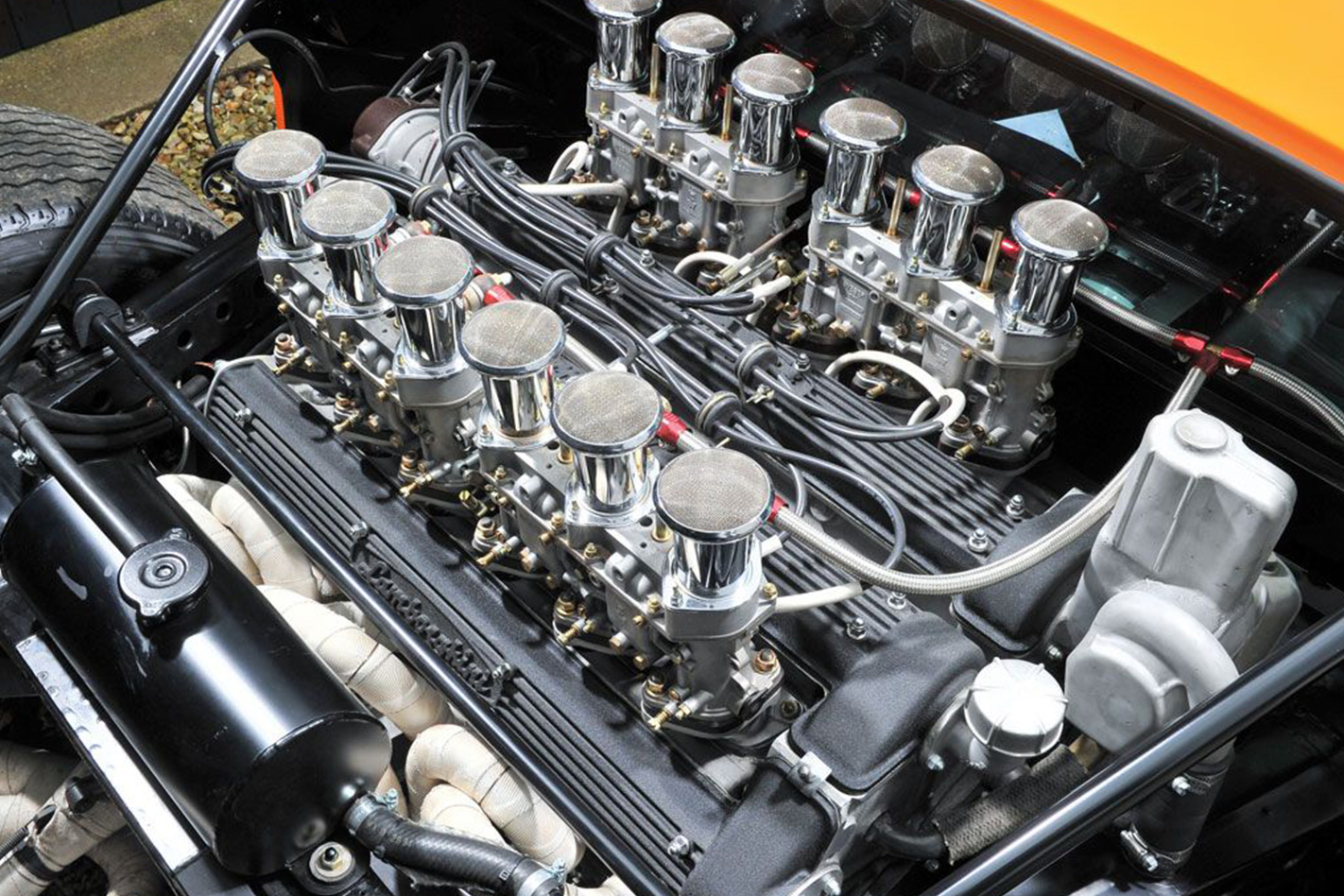
Bizzarrini’s ethos was, nevertheless, fairly well aligned to Enzo Ferrari’s, viewing competition as the purest way to improve the breed. When Lamborghini asked him to design a roadgoing engine and offered a monetary bonus for every incremental horsepower over Maranello’s twelve-pot, the powerplant that Bizzarrini delivered wasn’t exactly what old man Lamborghini had in mind.
For a start, the 3.4-litre unit was dry-sumped, had a 9.5:1 compression ratio and made its peak power of 268kW at a stratospheric 9800rpm. Lamborghini was incensed. He’d asked for a road car powerplant to fit to his elegant 350GT prototype and Bizzarrini had built him a screaming race engine.
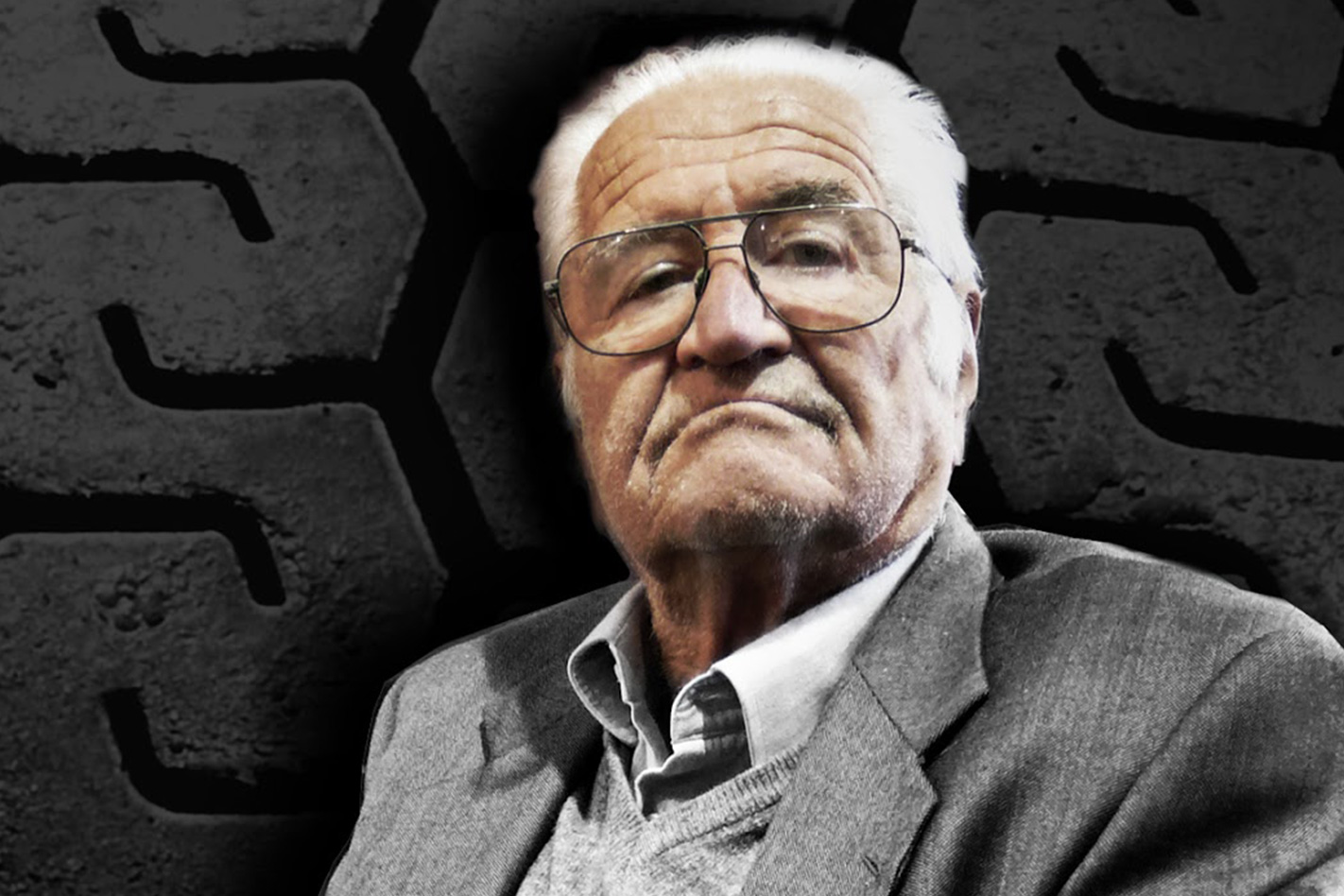
A heated exchange between the two men culminated in Lamborghini refusing to pay Autostar’s final invoice, eventually being ordered to do so by local courts. It could well have been the best 4.5million lire ever spent. A version of this engine powered every Lamborghini flagship sports car for almost half a century.
Starting out as a 3.5-litre 201kW unit in the production 350GT, it grew to 3.9, 4.8, 5.2, 6.0, 6.2 and finally 6.5-litres for the final Murcielago models (LP640 and the 493kW LP670-4 Superveloce). It could be found beneath the bodywork of the 350GT, 400GT, Islero, Miura, Espada, Jarama, Countach, LM002, Diablo and Murcielago.
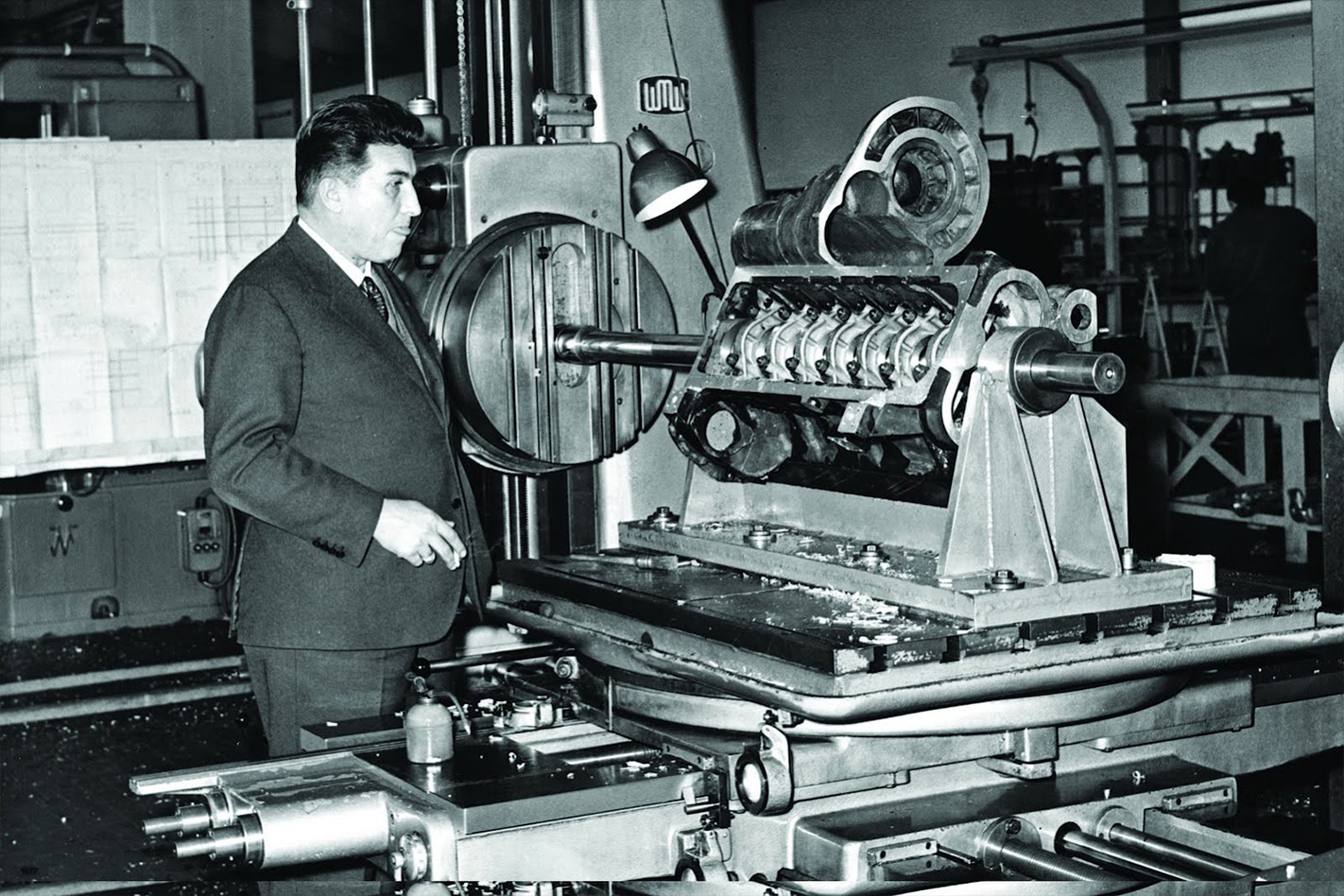
The engine was replaced by the 6.5-litre L539 unit in the 2011 Aventador, introducing a lighter block, a revised firing order and an oversquare bore/stroke ratio. It finds its ultimate series production incarnation in the Aventador SVJ, the Super Veloce Jota, named for Appendix J (J being pronounced jota in Italian) of the FIA rulebook covering homologation specials.
Although it was never designed to spawn a race series, the Aventador SVJ has carved its mark on track, it’s 6:44.97 time around the Nordschleife with factory driver Marco Mapelli on kerb-hopping duty being a mark that’s hard to see being eclipsed by any atmo V12.
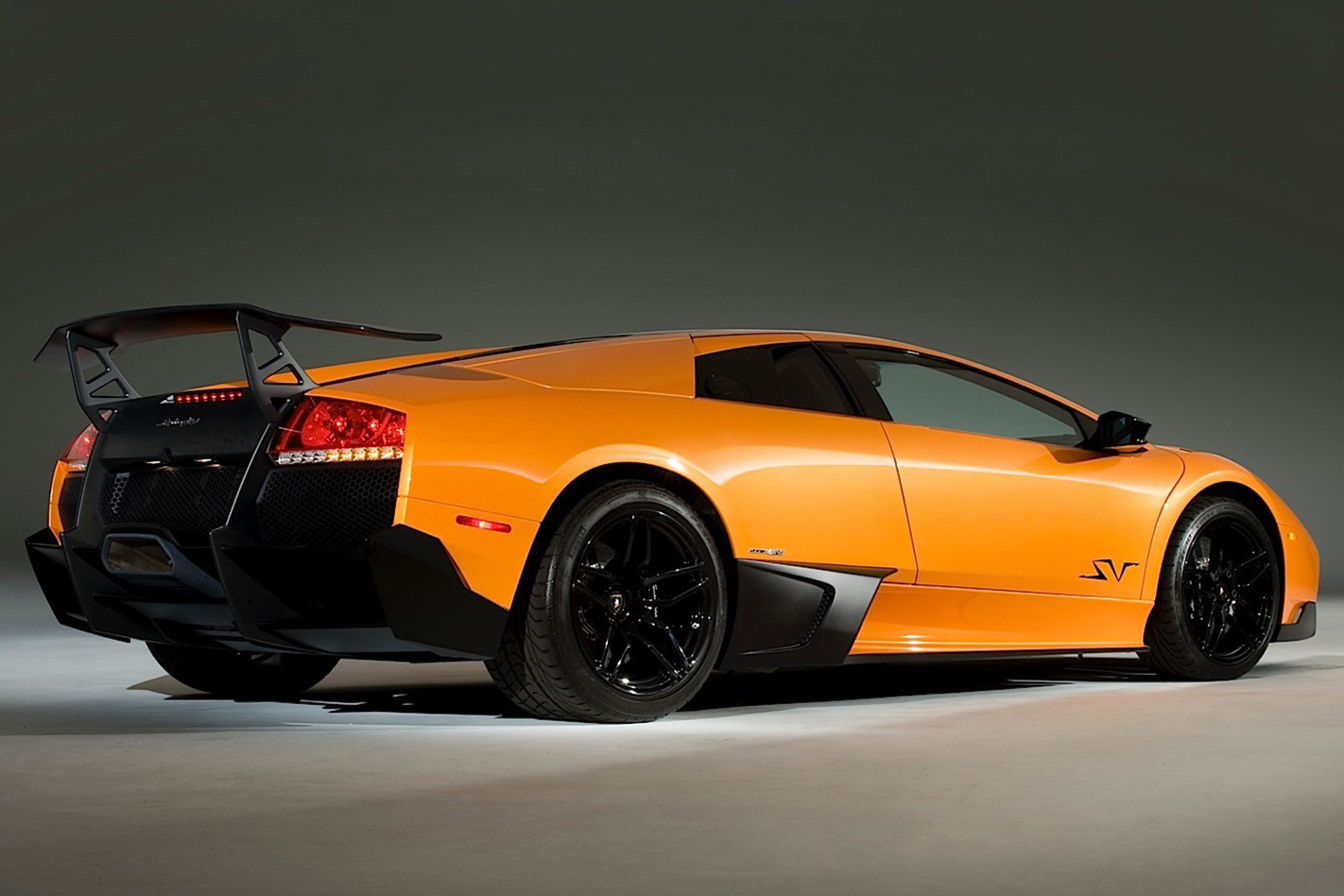
Lamborghini certainly seems to think so. Running his eye over the camouflaged Aventador SVJ, Maurizio Reggiani almost seemed wistful. “This is the last time the V12 will be on its own,” he said. It’s the end of an era, but it’s been one hell of a wild ride.


